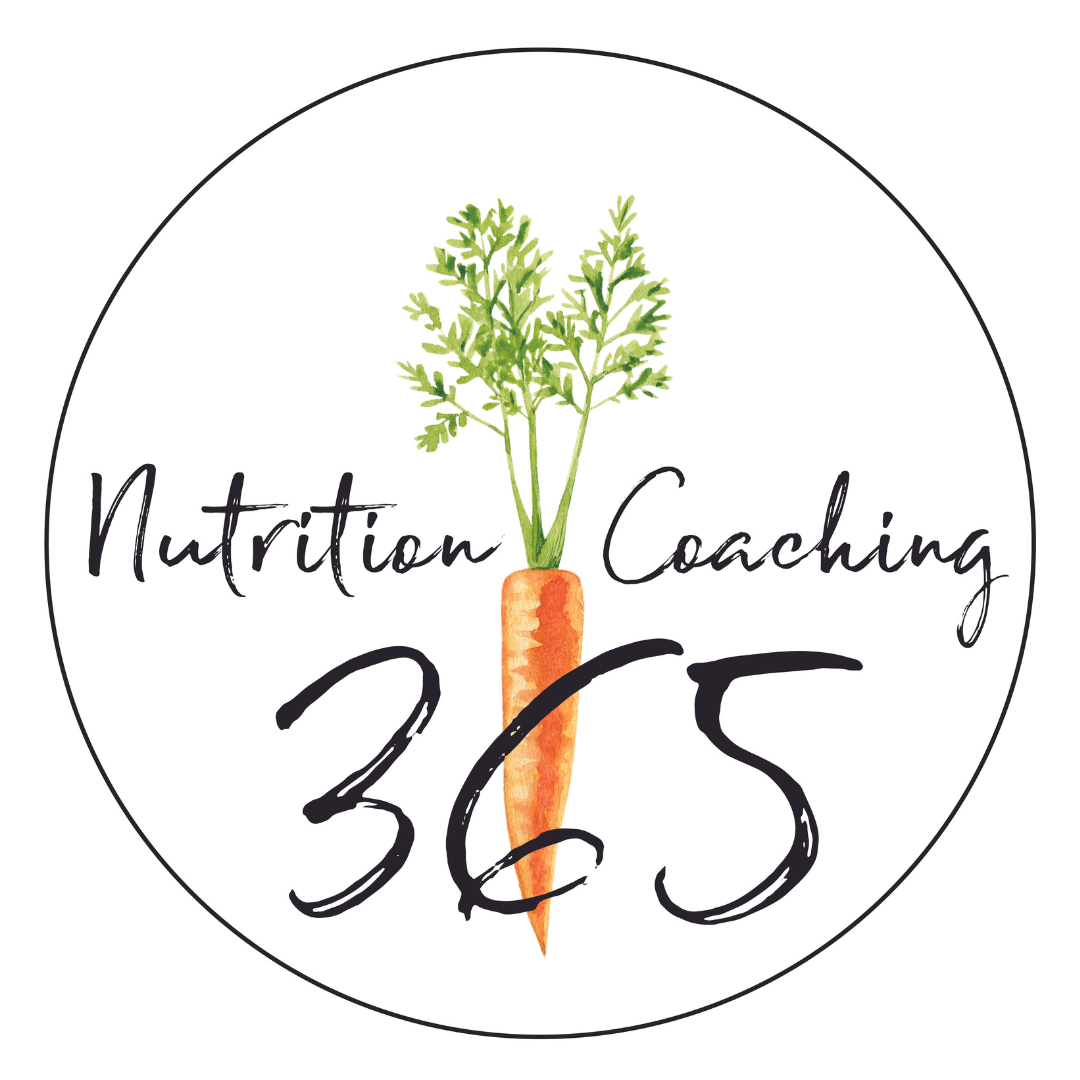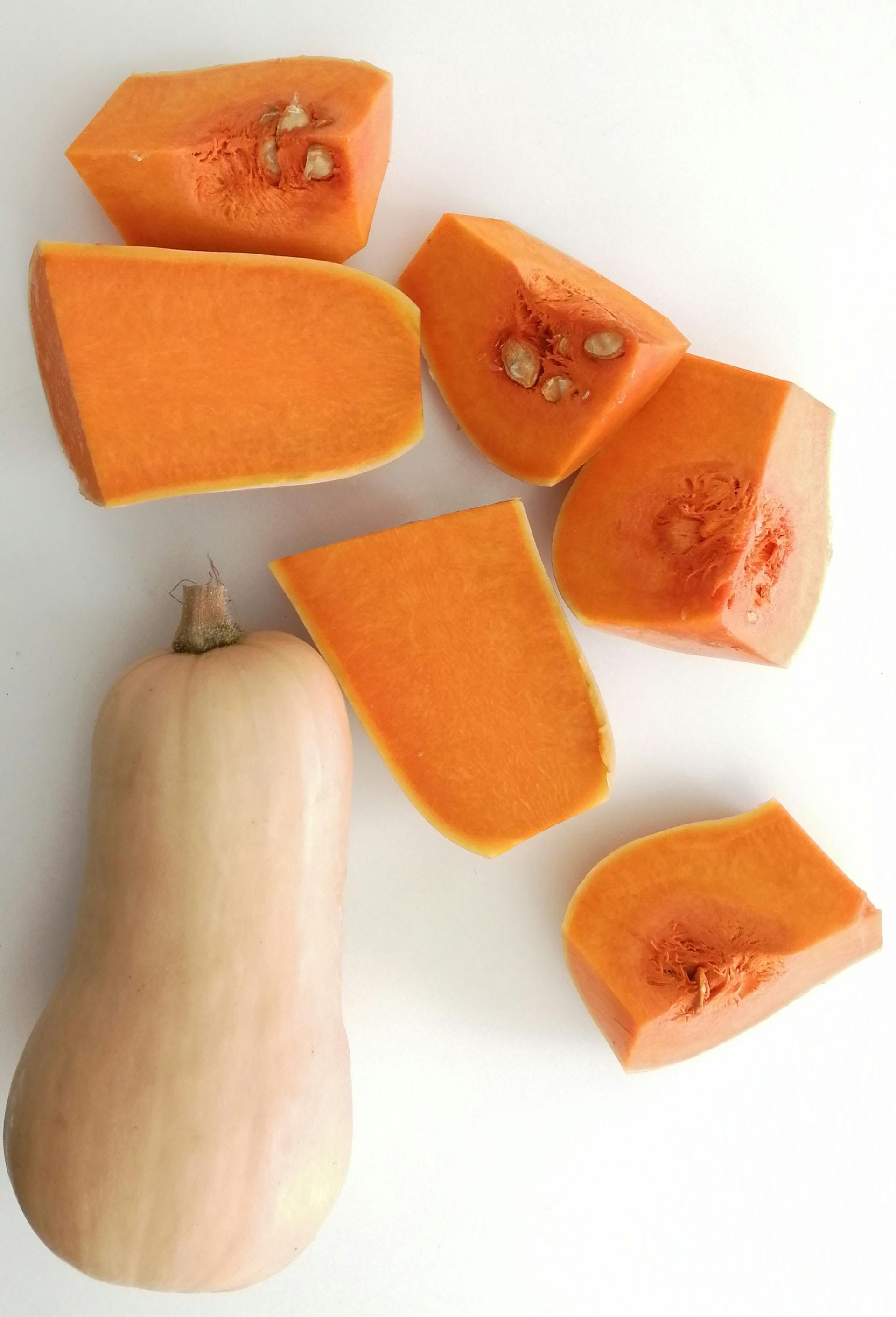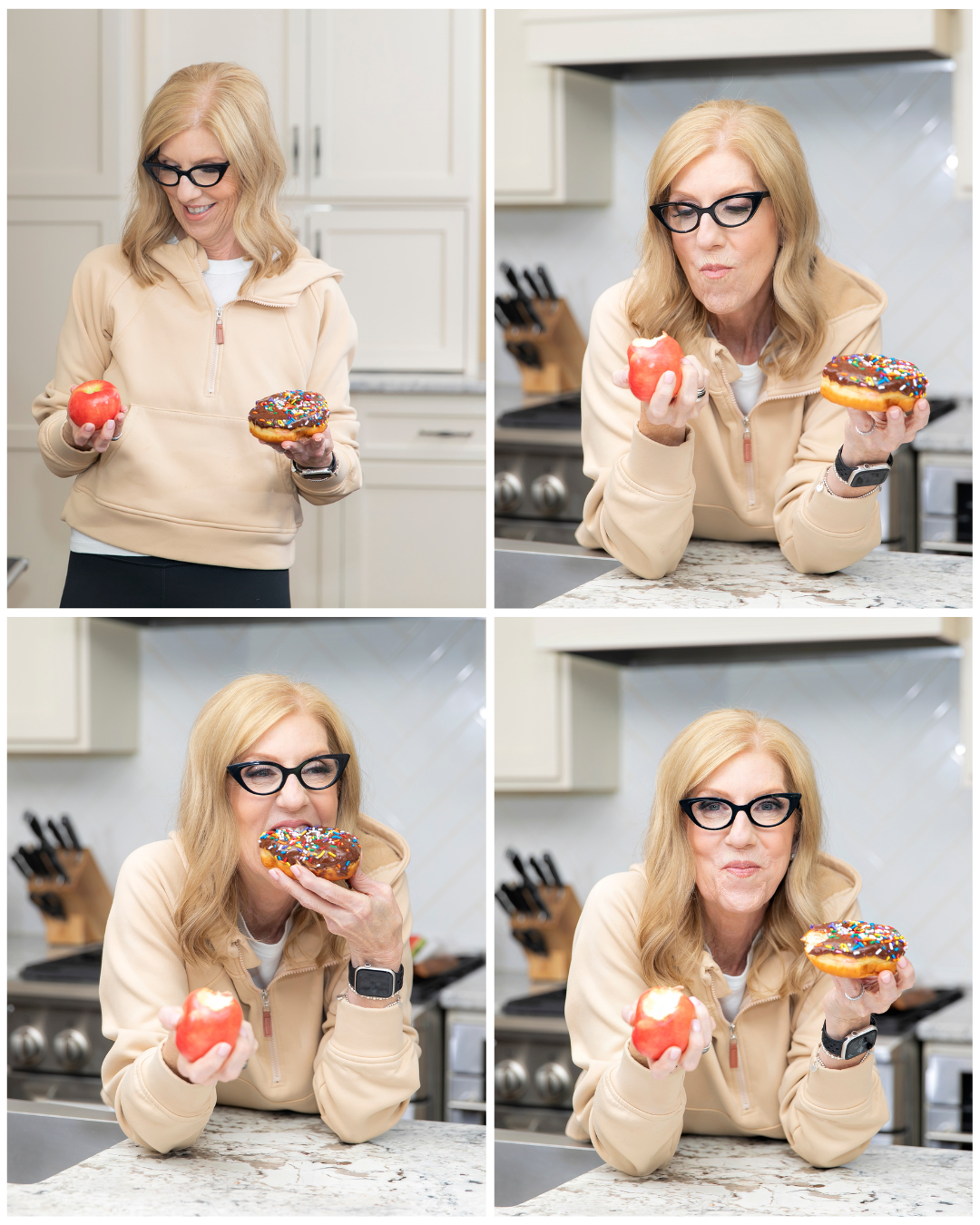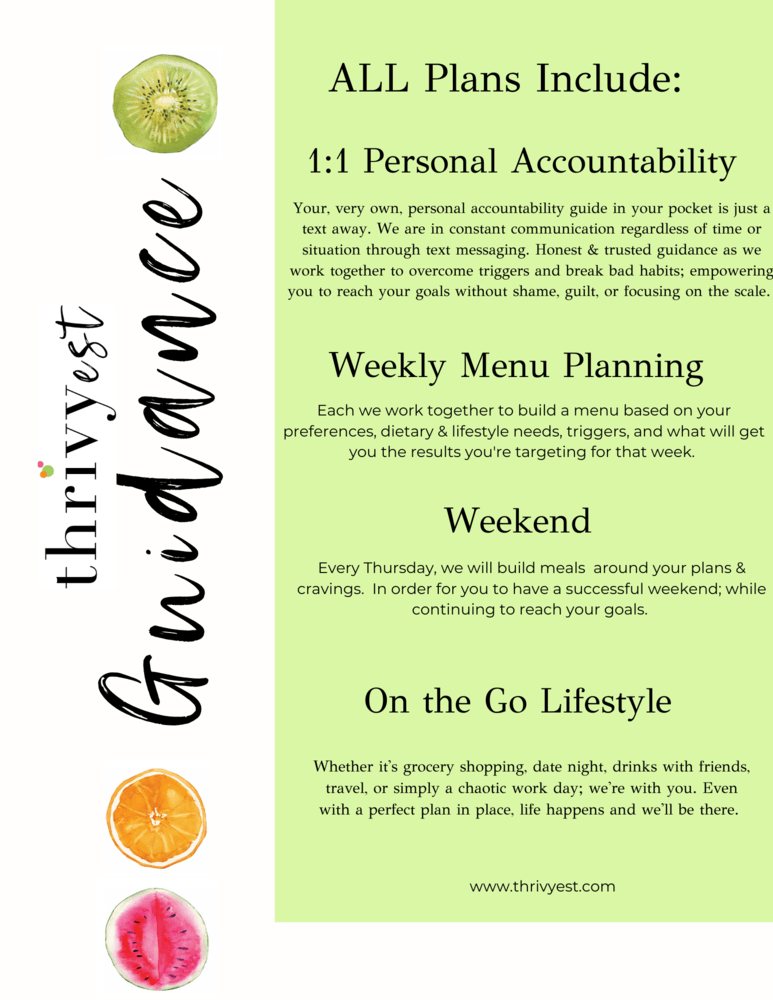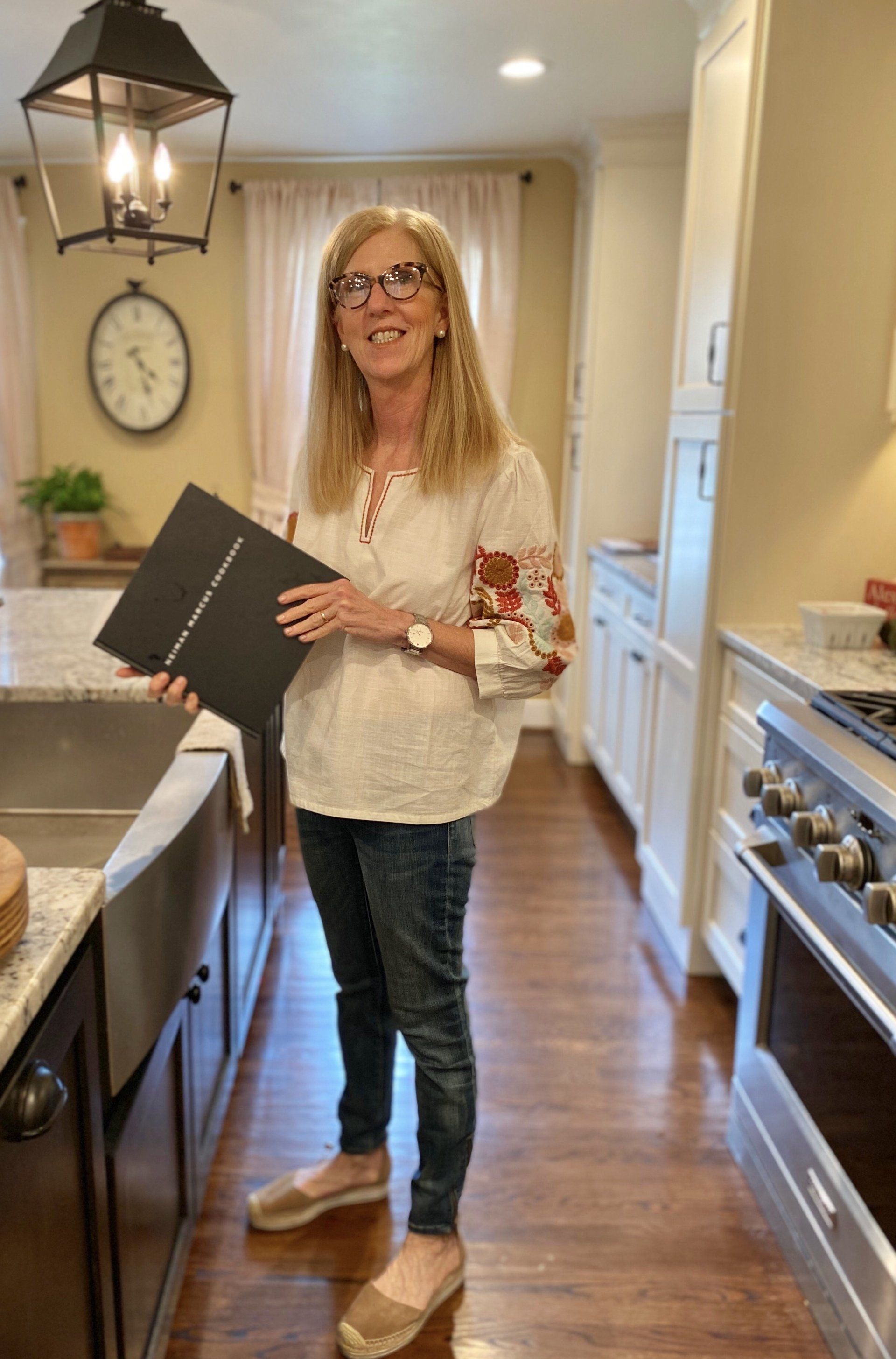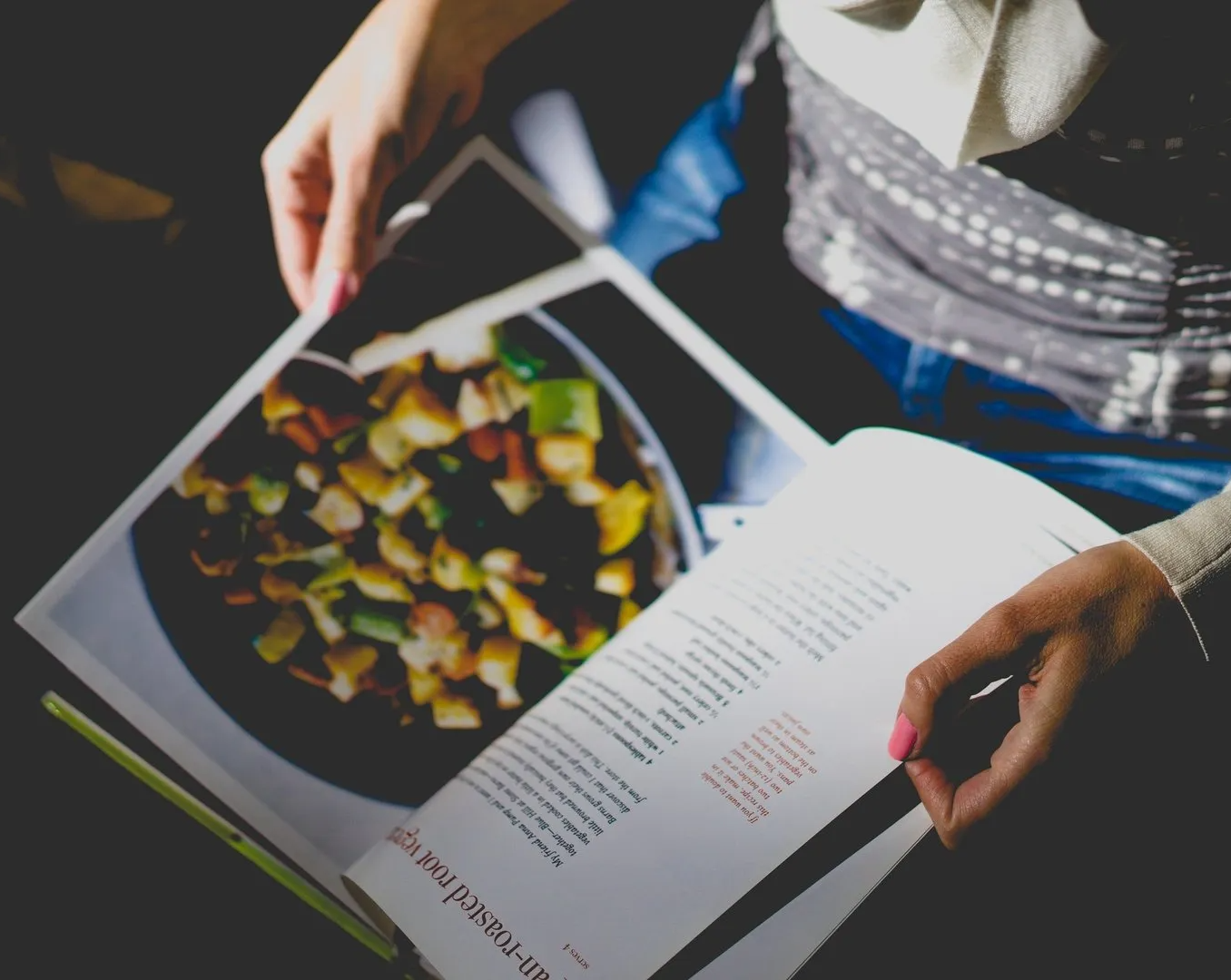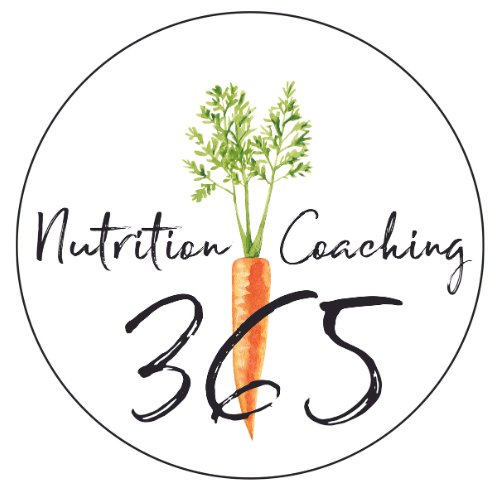I Moved In With a Client Who Couldn't Lose Weight — Here's What I Discovered
How Tiny, Invisible Habits Keep You Stuck — Even When You're Trying Your Hardest
The suitcase hit the floor with a dull thud. It was Friday night, and I was moving in — not for a vacation, not for a reunion — but to spend 48 hours living inside the life of a woman who swore she was doing everything right.
Her front hallway smelled faintly of takeout. A yoga mat was rolled up in the corner, dusty from disuse. On the counter, a half-empty bag of trail mix sat next to a bottle of wine. Nothing looked wildly out of control — just... normal. Familiar. Like the life of someone who wanted to be healthy but couldn’t quite figure out why it wasn’t working.
She greeted me in leggings and a sweatshirt, hair in a messy bun, flashing an anxious smile. “I’m so glad you’re here," she said. "Maybe you can finally tell me what I’m doing wrong.”
What neither of us knew yet was how small, almost invisible choices — the ones she barely noticed — were adding up to a wall she couldn't climb.
Who She Was — and Why She Felt Stuck
Her name was Lisa. Fifty-one years old. Married. Two grown kids — one living across town, the other a few hours away — and a brand-new granddaughter who lit up her world.
From the outside, Lisa’s life looked full. Busy. Happy. She had a tight social circle: lunches with friends, dinners out with her husband, quick bites grabbed between errands. She was a regular at Orange Theory classes — the high-intensity interval kind — and logged plenty of walks around the neighborhood when the weather was nice.
Lately, she had been trying to stick to a low-carb plan — "at least most days" — cutting out bread and pasta when she remembered, swapping in cauliflower rice, picking at lettuce-wrapped burgers.
But she still felt bloated more days than not. Her clothes fit differently now, tighter around the waist, stubborn around the arms and hips. "Nothing fits like it used to," she confessed. "Even when the number on the scale doesn’t change, I can feel it."
She tracked her food "most days," kept her portions "reasonable," and cooked at home whenever she could. The fridge was packed with good intentions — spinach, Greek yogurt, chicken breasts — but also half-finished desserts from a girls’ night and a family-size jar of peanut butter that "just sometimes called her name."
When she cooked, she liked to "taste her way" through the recipes, grabbing spoonfuls here and there to make sure it was seasoned right. When her son, daughter-in-law, and baby granddaughter came over, snacks came out automatically: chips, cheese boards, dips, glasses of wine poured without measuring.
"Happy hour" wasn't a scheduled thing. It just... happened. Often.
Lisa moved. She cared. She tried. But somewhere between the walks, the workouts, the lunches out, and the handfuls of trail mix grabbed between errands, her good intentions were quietly getting swallowed up.
And the scale? It hadn’t budged in months.
Friday Night: First Clues
Dinner was "light," Lisa promised.
We ordered takeout — "build-your-own" salads from a trendy spot nearby. Lisa built a "healthy" salad: mixed greens, grilled chicken, avocado, nuts, dried cranberries, and a side of creamy dressing.
It looked amazing. It also clocked in at nearly 900 calories before the dressing.
She drizzled "just a little" — but when I checked later, the entire cup of ranch was empty.
After dinner, she offered wine. "Just one glass," she smiled, pouring a generous three-finger pour into each glass. It was a long week. She deserved it.
We settled onto the couch. Lisa pulled out a snack tray: dark chocolate squares, some "healthy" crackers, a few slices of cheese.
"Just something to nibble," she said, breaking off a piece of chocolate. Then another.
"I'm barely eating anything," she shrugged when I raised an eyebrow.
It didn't feel like eating. But her body would count every bite, even if her mind didn't.
Saturday: The Small Sabotages That Add Up
The next morning, Lisa skipped breakfast. "I'm not really hungry in the mornings," she said, sipping coffee loaded with vanilla creamer.
By 11 AM, she was starving.
We met a friend for a "healthy brunch" — egg-white omelet, sure, but with a buttery side of potatoes and a mimosa "because it’s the weekend."
Walking around town afterward, Lisa grabbed a "protein bar" from her bag. It sounded healthy but packed 300 calories and 18 grams of sugar.
Lunch? "Just a salad." This time, loaded with candied pecans, bacon, and blue cheese. Delicious. Huge.
By late afternoon, she was wiped. She flopped on the couch scrolling Instagram, mindlessly crunching through a bag of "healthy" veggie chips.
Dinner was homemade: grilled salmon and asparagus. It could have been a home run.
Except she "tasted" the marinade so many times she basically had a bonus meal before sitting down.
And when the kids came over later that night, out came the chips, wine, cookies "for the baby" (and for the adults too).
Lisa didn't "binge." She didn't "overeat" by traditional standards. She simply stacked tiny extra calories all day long until her "healthy" lifestyle became a slow bleed she couldn’t see.
Sunday: Reward Cycles and Emotional Eating
Sunday was supposed to be "clean eating day."
It started with good intentions: water, a walk, a clean fridge.
Then she got a stressful text about work.
"Screw it," she muttered, reaching for leftover chocolate from Friday night.
Stress triggered "I deserve this" thinking.
Lunch with her husband turned into burgers and shared fries "because we're splitting them, it’s not that bad."
A glass of wine with lunch. A "light" ice cream after dinner.
Nothing huge. Nothing that looked outrageous on its own.
But at the end of the day, Lisa had easily eaten 1,000 calories more than she thought she had. Again.
And she truly — truly — believed she had done "pretty good."
Why Good Intentions Aren't Enough
Lisa wasn't lazy. She wasn't undisciplined. She wasn't lying.
She was just... unaware.
She “felt” like she was doing everything right because she was making effort. But effort without accurate feedback leads to frustration, not results.
Mindless bites. Portion creep. Tracking "most of the time" — but not really. Treats justified by workouts that burned fewer calories than she thought.
None of these things are huge in isolation.
Together? They’re the invisible wall between "trying" and "succeeding."
The Brutal Truth About Getting Unstuck
There’s no shame in being Lisa. Most people trying to lose weight are, in some way, Lisa.
Good intentions are not a plan. Effort without awareness is not a strategy.
Tracking accurately, eating mindfully, staying honest — these aren't punishments. They're freedom.
Freedom to see what's really happening. Freedom to adjust without shame. Freedom to finally make progress instead of chasing your tail.
The Twist: This Story Was Fiction — But the Lessons Are Real
Lisa doesn’t exist.
Not exactly.
She’s an amalgamation of hundreds of conversations, dozens of clients, endless patterns I’ve seen over and over again.
But her struggles? Her reality? They’re real. They're common. And they're absolutely solvable.
If you've ever felt stuck, bloated, frustrated, confused why your "pretty good" habits aren't working — there is nothing wrong with you.
You're just blind to the little leaks.
The good news? Awareness changes everything
.
Start today. Track everything for just one weekend. Notice, don't judge. See it for what it is.
You don’t need to be perfect. You just need to be honest.
That's where real change begins.
Ready to Take Action?
f you're tired of feeling stuck and want real strategies that actually work — no gimmicks, no guesswork — I'm here to help.
Start by tracking everything you eat and drink for the next 48 hours. Notice what you find.
Then, if you're ready for guidance and real results, [click here to connect] with me and take your next step forward.
Awareness changes everything. Let's get started.
YOU ARE CAPABLE OF LIVING YOUR HEALTHIEST & HAPPIEST LIFE.
If you’re looking to create healthy habits to gain more energy, improve your sleep + shed a few pounds, you’ve landed in the right place.
Recent Posts
Meet Emily
I love encouraging + inspiring others to reach their healthiest lives through food, fitness + gratitude. As a holistic nutritionist + the founder of Thrivyest, I am passionate about creating habits to help you to live longer + thrive. To thrive in body, mind + soul through personalized, simple + practical steps ensuring you gain more energy, clarity + confidence! Let's connect!
